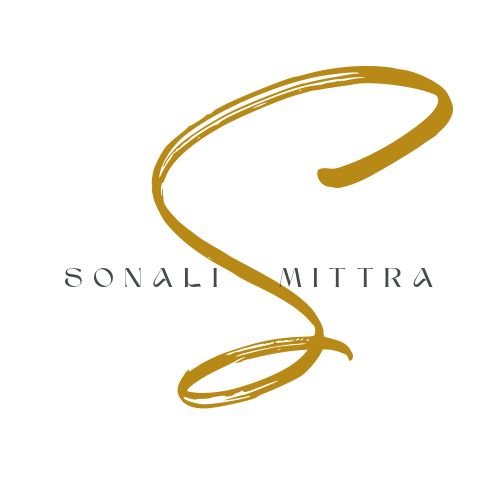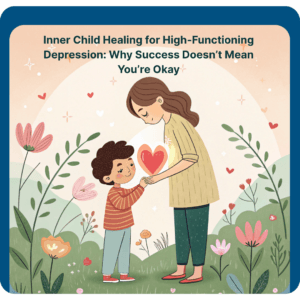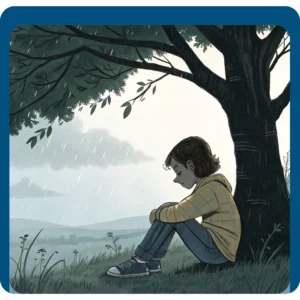How to Develop the Observer Self: A Path to Inner Freedom and Healing
Table of Contents
Introduction: Why the Observer Self Matters
In the chaos of modern life, we are often driven by reactive emotions, impulsive behaviors, and unconscious beliefs. These patterns are driven by what psychologists and spiritual teachers call the “lower self” — the part of us that is shaped by fear, trauma, and ego. But there is another part of us — the Observer Self — that can witness these patterns with clarity, compassion, and truth.
This blog will explore how to develop the observer self, practical tools like meditation, mindfulness, and prayer, and how embracing this higher awareness can transform your life and support your journey of inner healing.
What Is the Observer Self?
The Observer Self is your inner awareness — the “you” behind your thoughts, feelings, and reactions. It is not reactive. It does not judge. Instead, it sees clearly, without defensiveness or shame.
According to the book The Undefended Self, the observer self is our gateway to spiritual and emotional maturity. It helps us step out of identification with our flaws and allows us to witness our inner world with compassionate detachment.
“You learn that which observes is you and not that which is being observed.”
The Two Pillars: Truth and Love
To awaken the observer self, you must cultivate two core values:
1. Truth
Truth means radical honesty with yourself. It means seeing your negative traits, hidden motivations, and internal contradictions without shame or denial.
“Being truthful with the self means welcoming unconscious material into consciousness.”
This is not about being harsh — it’s about clarity.
2. Love
Love means holding your truth with compassion. The observer self is not a critic; it is a gentle, loving presence — much like a good parent. When you observe your flaws with love, they lose their power.
How to Strengthen the Observer Self
1. Meditation with Breath
Focusing on your breath — in and out — helps you become present. It quiets the ego mind and allows you to observe the body and thoughts without attachment.
Practice Tip: Count each breath or simply watch it as it is. This will ground you in the now.
2. Mindfulness Meditation
This involves watching your thoughts like clouds passing in the sky. Don’t engage or fight — just observe.
“Let it pass without judgment or attachment.”
Over time, this builds your ability to sit with uncomfortable thoughts without reacting.
3. Prayer as Inner Alignment
Prayer isn’t always about asking for things. True prayer is a surrender of the ego to a higher will. It is a form of active engagement with divinity.
“Not my will, but Thine, be done.”
Use prayer as a tool to connect your personal desires with a deeper, spiritual purpose.
Self-Identification: Stop Being Your Flaws
One of the most liberating aspects of developing the observer self is realizing:
You are not your flaws.
You are not your fears.
You are the one who observes them.
This shift allows you to face even your darkest traits with courage — because you’re no longer identified with them.
Why Most People Stay Stuck
People stay trapped in ego patterns due to:
- Fear of being “bad” or unlovable.
- Denial of uncomfortable truths.
- Rationalizing or spiritual bypassing.
But denial only feeds your fear and undermines your self-esteem. You must face and feel your emotions fully — this is the path to true healing.
A Loving Witness Within: Becoming Your Own Healer
As you grow in your observer self, you become a loving witness to your inner child, your past pain, and your evolving self. You don’t push away any part of you — you welcome it all with truth and love.
“We have been waiting all our lives to hear the words ‘I love you’ spoken by our own voice.”
Conclusion: The Path to Spiritual Maturity
Developing the observer self is not a quick fix. It’s a spiritual discipline — a daily return to awareness, presence, and love. With practice, you move from reacting to life to responding from a place of clarity and grace.
Along with mindfulness and meditation, healing modalities like Access Bars can further support this process by clearing mental clutter and creating space for deeper awareness.
You stop being the storm — and become the stillness that watches it.
The Observer Self is the part of you that watches your thoughts, emotions, and behaviors without getting caught up in them. It gives you space and clarity.
By observing without judgment, you become aware of old patterns and wounds. Healing these allows you to respond from freedom instead of reacting out of fear.
Yes. With regular awareness practices like meditation, journaling, or mindfulness, anyone can gradually strengthen the inner observer.
It varies. Some people sense shifts in a few weeks, while deeper freedom may take months of consistent practice.
Meditation, mindfulness, self-reflection, breath awareness, and journaling are powerful tools to develop the Observer Self.
No, it won’t stop them, but observing helps you not be overwhelmed by them. You will learn to respond rather than react.
Big difference. Observing accepts emotions while letting them pass, whereas suppressing tries to push them down or ignore them.
Inner shame keeps you stuck in self-judgment. Healing shame frees you to accept yourself, which opens up inner peace and freedom.
Not strictly, though a therapist can guide you faster. Self-practice works well if you stay consistent and honest with yourself.
You’ll notice you get less reactive, more peace, more clarity, less shame, more choice in how you respond rather than being stuck in old patterns.





Such a beautiful exploration of the Observer Self—thank you for this clarity. Your emphasis on the gap between trigger and reaction resonated deeply; it reminded me that healing begins with that simple pause. I’m inspired to weave this observation into my daily routine—whether it’s in a moment of frustration or an everyday interaction. Looking forward to applying these practices and discovering more inner freedom.
I absolutely loved this post! As someone learning to cultivate the Observer Self, your insights about slowing down and noticing emotions before reacting really hit home. The connection you make between breathwork and gaining inner freedom felt so grounding. I’ve started a short daily practice of pausing and just observing—already feels like a tiny revolution in how I respond to stress. Thank you, Sonali!